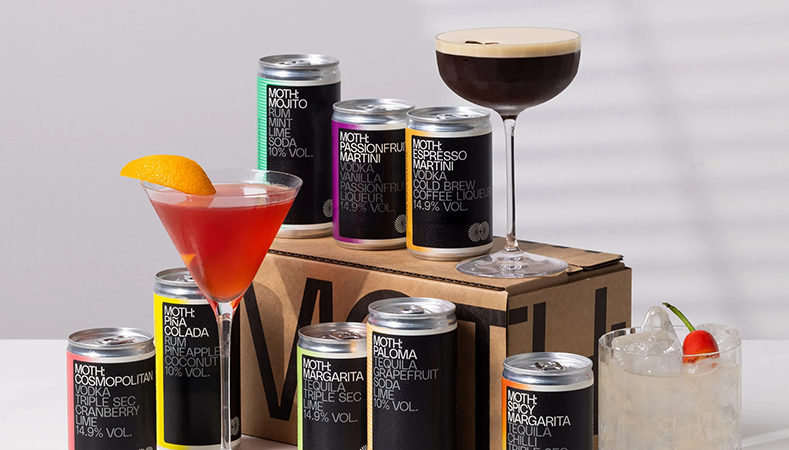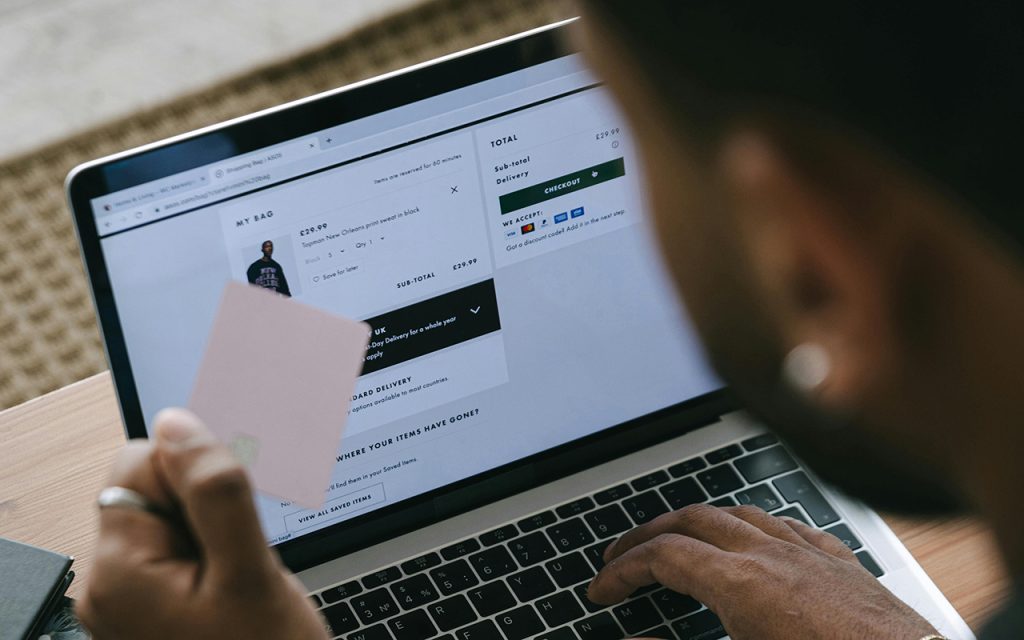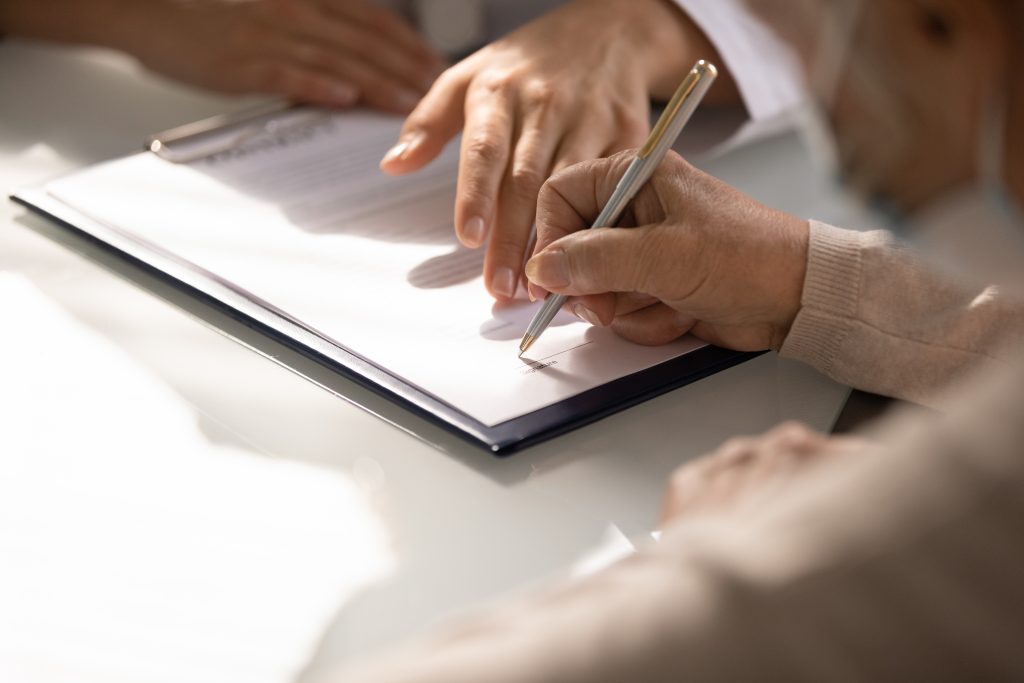
The value of a trade mark
Every company, regardless of its size, has a trade mark.
What is it?
It could be your company name, logo, a specific 3D shape or even a colour. In fact, you can’t trade without one because no one would know where or how to find you.
Granted, it may not be one as prestigious as Coca-Cola or Virgin, but it’s still a valuable business asset and one that should be protected.
Why?
Your trade mark (once registered) can be relied on to prevent other businesses from using the same or a similar mark without your permission. Just think of the damage that could be done to your business if someone else used your trade mark (or something remarkably similar) to sell inferior goods.
What’s the difference between ™ and ®?
™ signifies an unregistered trade mark. It shows the public that, as a company, you are using a specific word, logo, slogan etc., as a trade mark. It can also serve as a notice to other businesses that you consider the word to be a trade mark.
The ® symbol shows that your trade mark is registered and that you have legal ownership over its usage. Any infringement is actionable under UK trade mark law.
Why you should choose your trade mark carefully
Your trade mark has the primary aim of allowing the buying public to recognise your product or service and therefore keep coming back to you by making repeat purchases.
For the consumer, your trade mark gives them peace of mind with regard to the quality and provenance of the goods. For example, people who buy from Apple do so because its products are synonymous with high-quality innovation and design.
For your start-up, your trade mark is a strong tool to protect your business from competing businesses copying you and prevent counterfeits. This protection is exactly what investors will look for, seeking to ensure that you have protected the assets of the business.
Choosing your trade mark can be daunting, so here are a few things to consider.
Starting at the top, the strongest and most protectable trade marks are those with invented names. They bear no relationship to the product or service sold under the trade mark. Examples are trade marks like KODAK and DuckDuckGo. From a marketing standpoint, you may feel that you have the more difficult job of initially conveying the idea behind your product. However, these invented trade marks are the easiest ones to register and later enforce against competitors, as they are so distinctive. This can reduce costs when it comes to the enforcement of your brand.
Next are the ones that allude to certain qualities of the goods or services for which the application is being filed. For example, TITAN conveys a meaning of great strength, intellect or importance. It could therefore be used where you want consumers to trust in such goods as building structures or materials.
At the bottom of the pile are descriptive trade marks. These are not protectable as registered trade marks. The thinking is that these words should be free for all businesses to use, as all they are doing is describing their goods and services.
Many businesses will come up with marks that are borderline descriptive and may just about be accepted by the Intellectual Property Office when they are examined. Examples of this include marks where the words themselves are descriptive but include a logo element that makes them registrable when they are examined. It is clear to consumers what the products do, as the words are descriptive. However, using a borderline descriptive mark can mean that enforcement is complex and costly.
You also need to make sure your trade mark has the following qualities:
- It is easy to read and pronounce.
- It does not have any adverse colloquial meanings (in English or any other foreign language if you intend to trade abroad).
- It will not create confusion as to the nature of your product.
When should you protect your trade mark?
The simple answer is as soon as possible because your trade mark can be one of the most valuable assets your business has.
Once registered, the owner of the registration can stop others from using the mark or applying to register it (or any marks deemed similar).
What is also important is that the UK is a ‘first-to-file’ system, which means that registered rights are generally afforded to the business that files the trade mark first. Delays can cause you to lose your right to use that mark.
What does a trade mark cost and how long does it take?
It’s not always easy to set aside the fees for such projects when you start up in business, but it can be more cost-effective than you might imagine, with trade mark protection obtainable for what works out to be less than a hundred pounds per year over a ten-year term of registration. For this, you can call on your trade mark rights to prevent others from registering or using the same or similar mark. You can use the mark to keep others out of your area of business. And for as long as you continue using and renewing the mark, the protection granted by your trade mark can last forever.
Common misconceptions
Just because your trade mark is part of your registered company name, it does not give you legal protection in the same way a registered trade mark does. It only prevents someone from registering the same (or a very similar) company name at Companies House. The same is true for domain names; again, registering a domain name does not give you the same protection as a registered trade mark.
The only way to be sure you have the law on your side should an infringement take place is to register your trade mark at the UK Intellectual Property Office.
How do you protect your trade mark?
The path to trade mark registration can be complicated, and it is essential that you get it right from the beginning. If you make a mistake (such as incorrectly completing the form or using the wrong class of goods or services – there are 45 to choose from) at the outset, your application may fail, or the resultant registration won’t give you the protection that you need, and you’ll have to start all over again. Not only will this result in rising costs, but it will also mean a considerable delay to the legal protection of your mark.
Trade mark protection can be complicated, but you don’t have to navigate this minefield by yourself. It’s highly recommended you obtain the expert advice of a chartered trade mark attorney on the filing of your mark to ensure you get it right the first time.
A trade mark attorney will spend time researching your activities, talking to you to determine your plans for use, and carefully drafting the list of goods and services to cover what you do or intend to do under the mark. They will have the knowledge to predict the type of objections which your trade mark application may encounter and will have experience in overcoming these objections so that the application has as smooth a route to registration as possible. Even before the application is filed, they can conduct an availability search to determine whether the mark is free for use and registration and advise you on the results so you do not find yourself at the wrong end of a cease-and-desist letter on the day that your business launches.
Getting professional help will ensure that you can get on with running your business.
If you’re a start-up looking for help with registering its trade mark, please find contact details on my website profile here or email us at: gje@gje.com.






